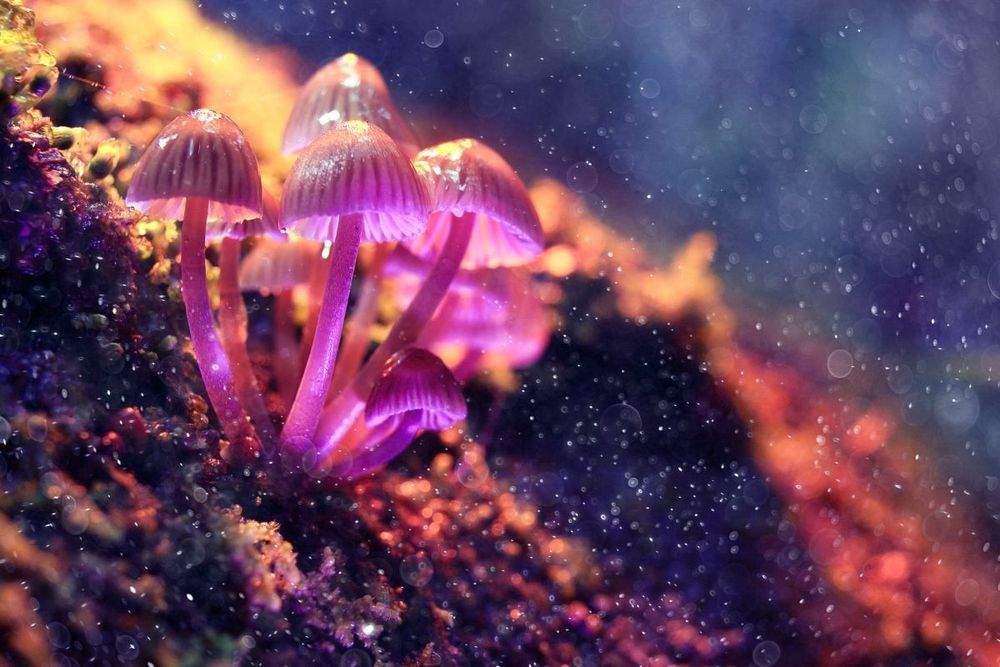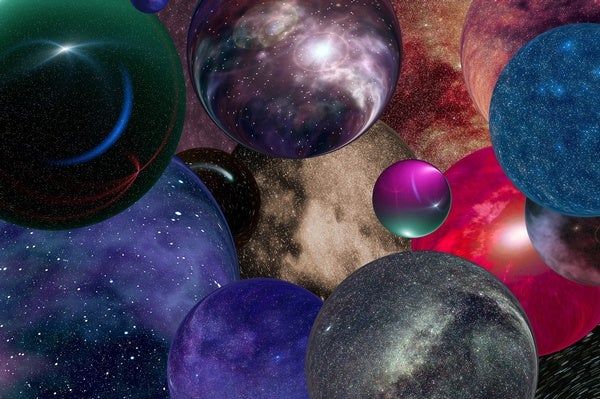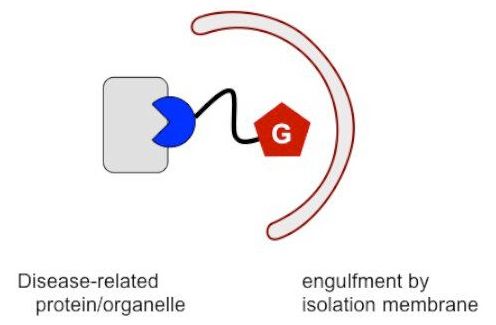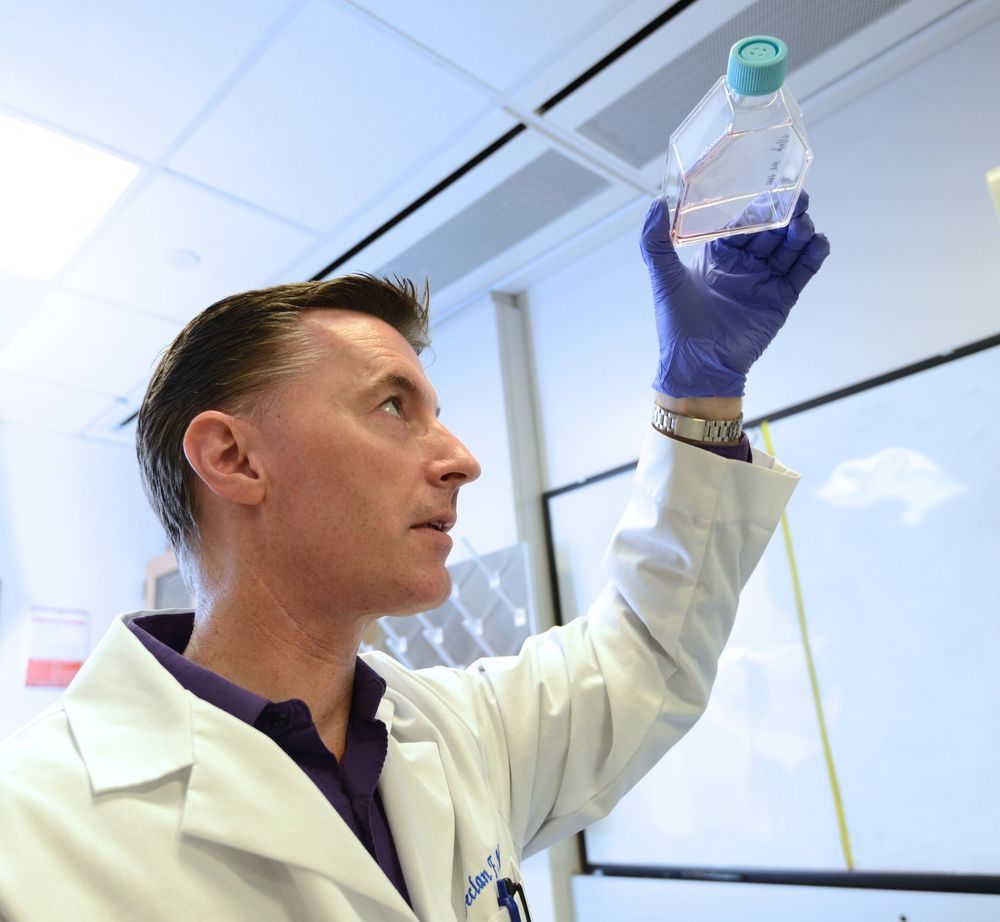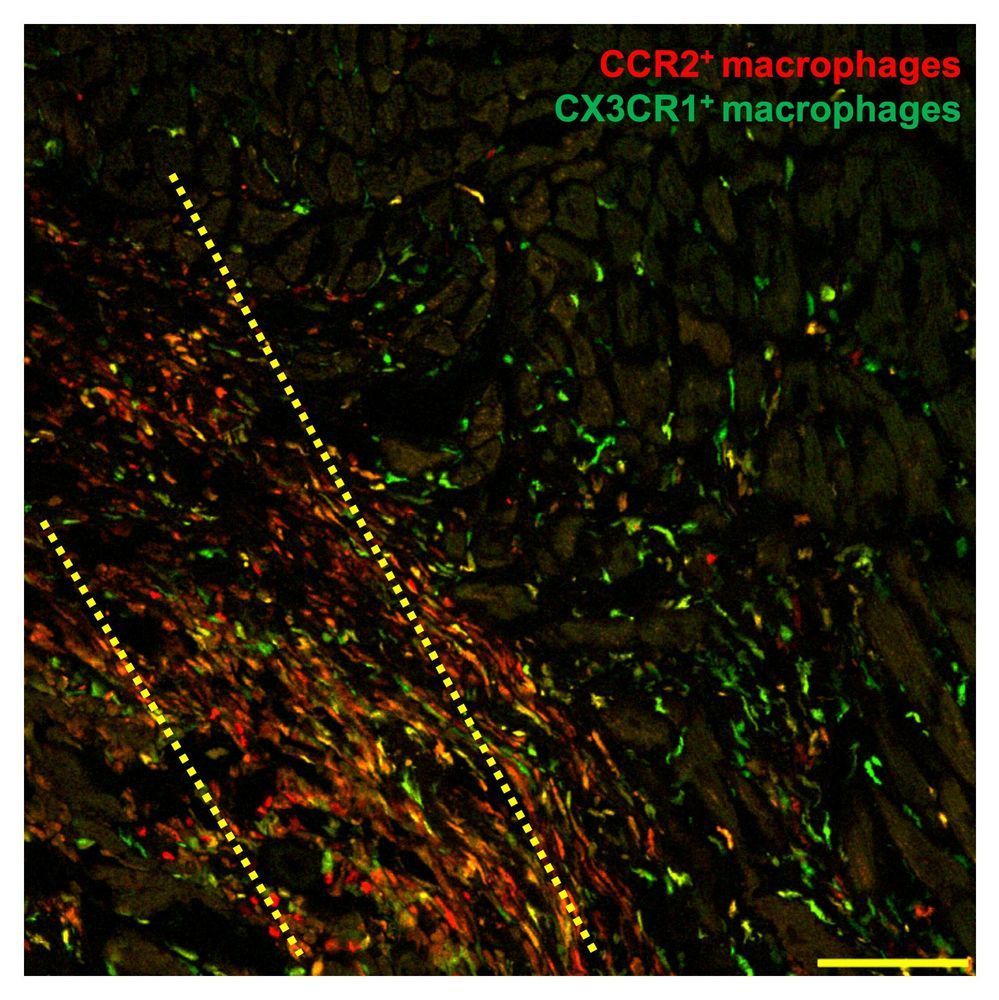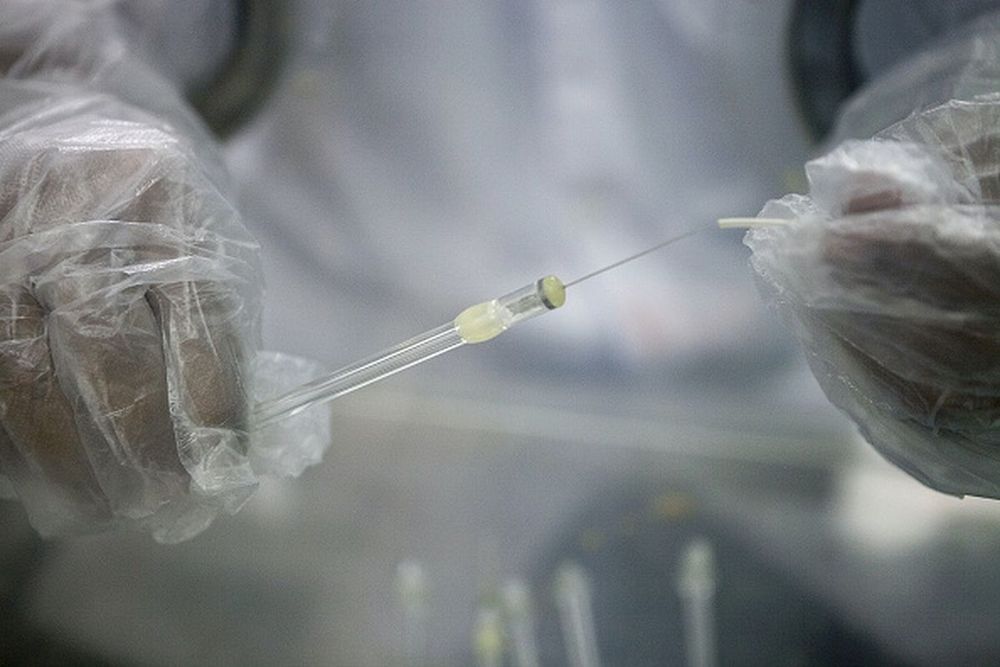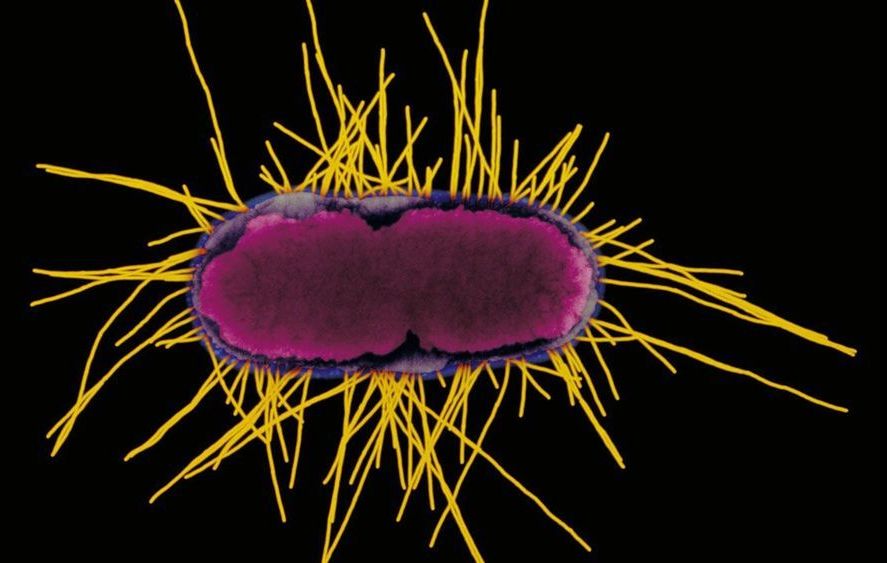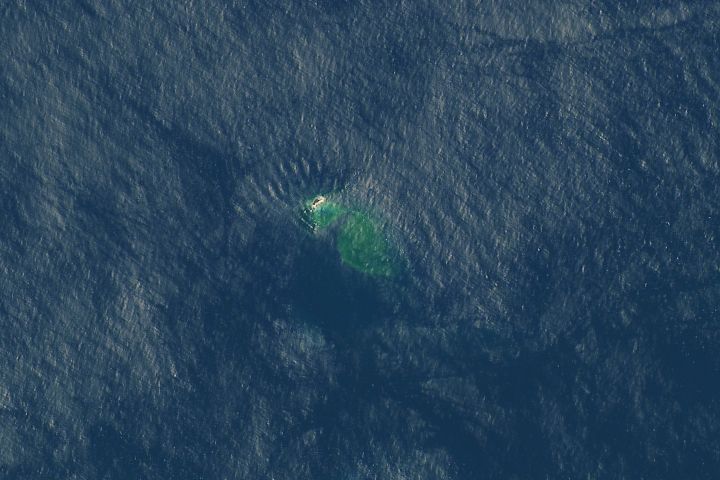The FDA is helping to speed up the process of researching and approving psilocybin, a hallucinogenic substance in magic mushrooms, to treat major depressive disorder (MDD).
For the second time in a year, the U.S. Food and Drug Administration (FDA) has designated psilocybin therapy — currently being tested in clinical trials — as “breakthrough therapy,” an action that is meant to accelerate the typically sluggish process of drug development and review. It is typically requested by a drug company and granted only when preliminary evidence suggests the drug may be an enormous improvement over already available therapy, according to the FDA.
